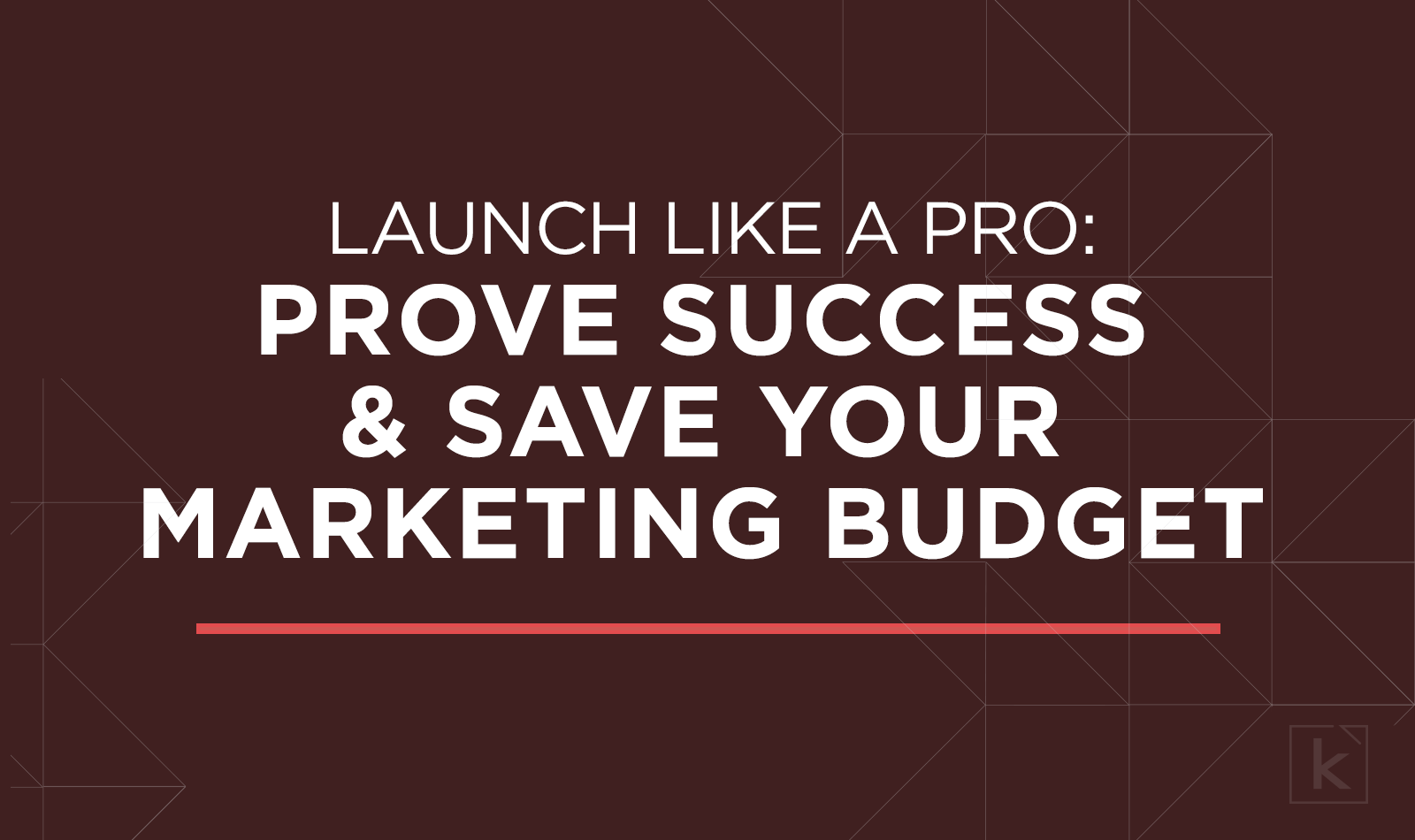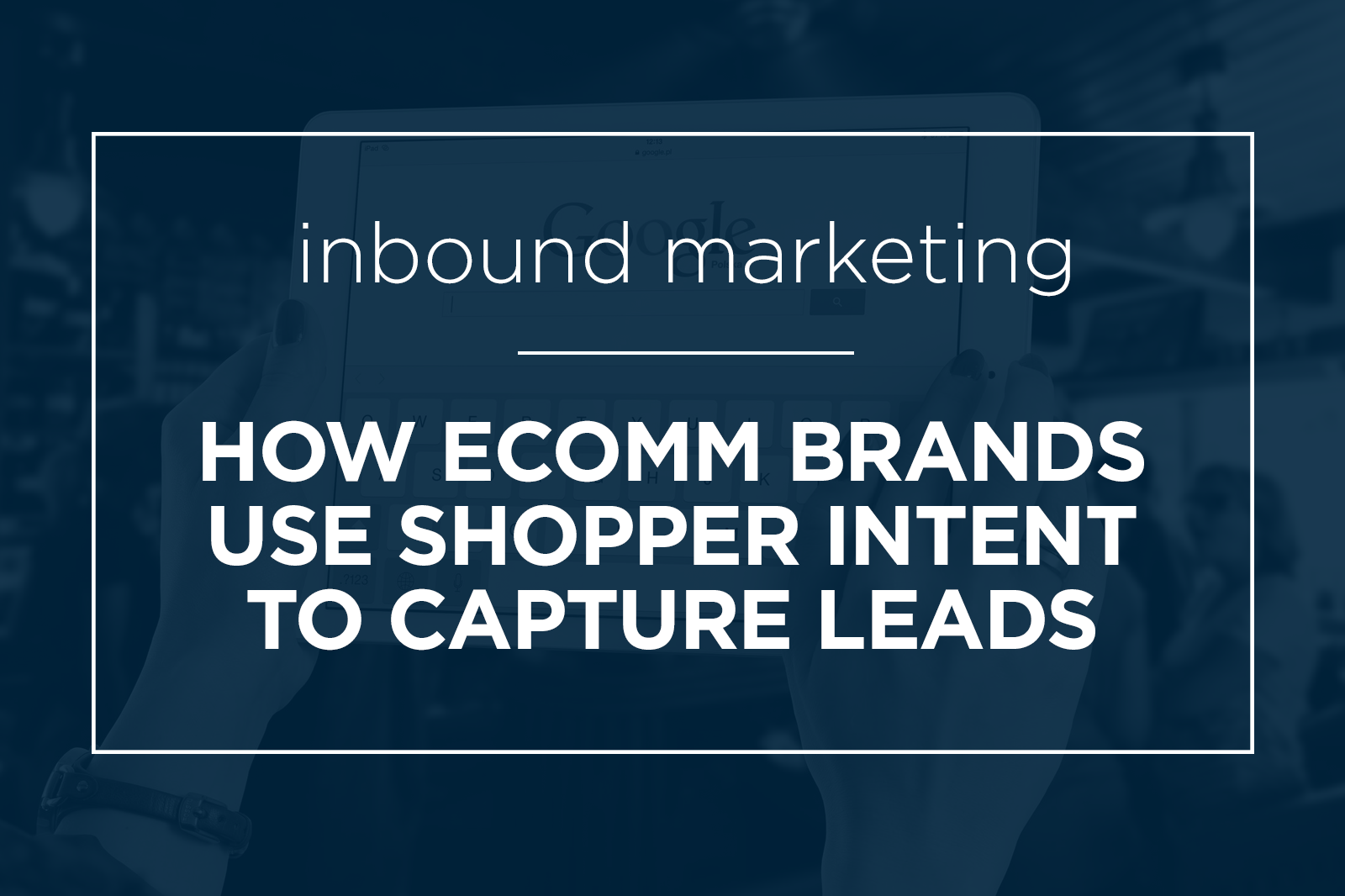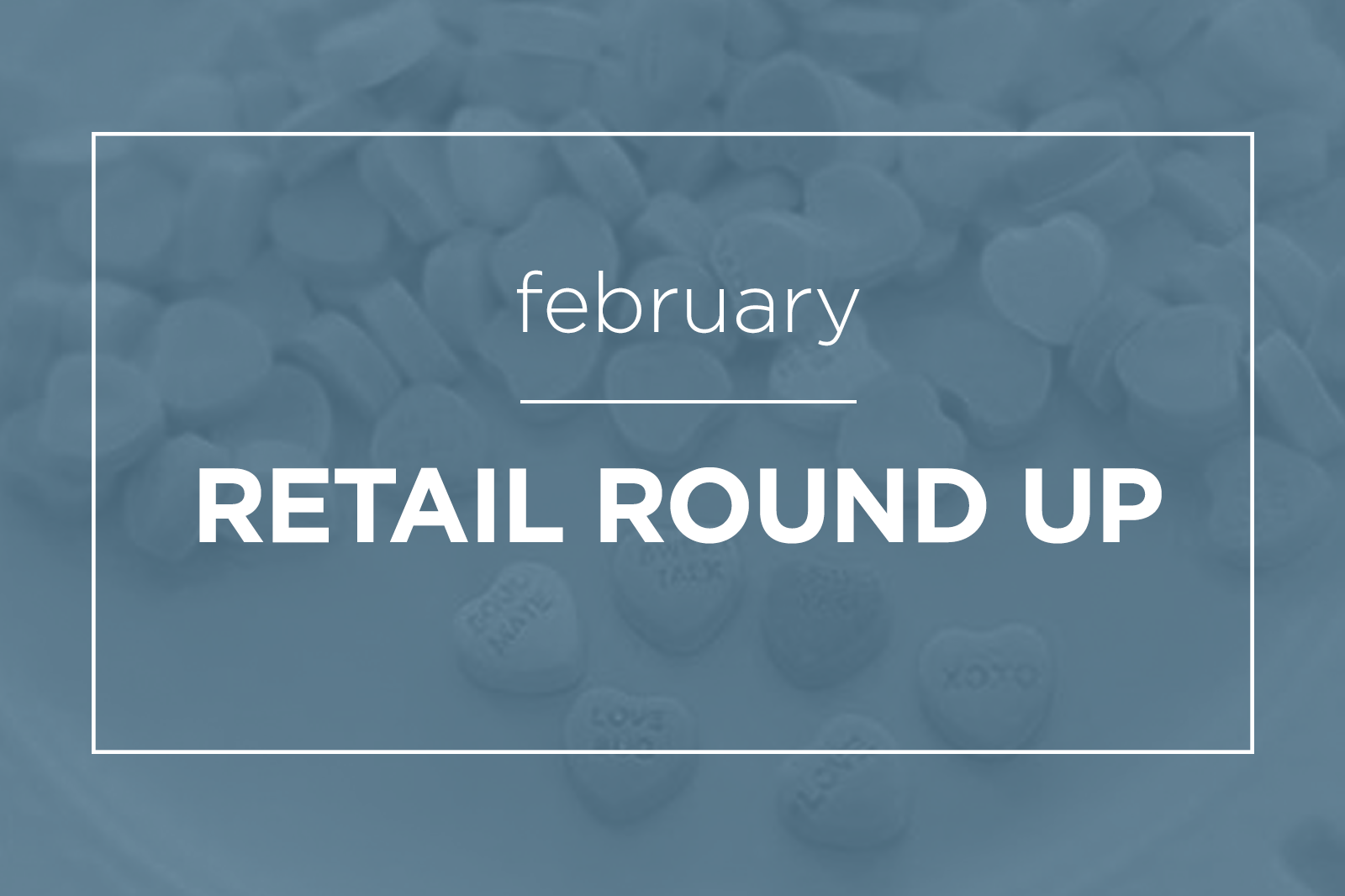
The red and pink candy, hearts, and flowers have exploded in stores and on sites across the country, and retailers are in the mood for l-o-v-e. The National Retail Federation (NRF) expects it to be a record year for Valentine’s Day shopping, with more than $20 billion being spent on everything from cards to clothing.
Keeping this optimistic, happy perspective in mind (and after being a little tough on retailers last month), we wanted to find some things out there that really make us swoon: interesting tidbits you might hear us talking about in client presentations and news you can use for your own purposes, too.
1. Valentine’s Day Stats!
Do you ever wonder if you’re spending more or less than everybody else when a holiday rolls around—or if people are really celebrating at all?
The NRF says fewer people are celebrating Valentine’s Day in a traditional way this year (only 51%, down from 63% 10 years ago), but they’re spending more: the average customer will shell out $162 on gifts, which is the highest in 10 years.
If you’re keeping track, that’s more than most will spend on Halloween and way less than the biggies like Back to School or Holiday.
So, what are they buying? In order from most to least:- Candy (52%)
- Cards (44%)
- Flowers (35%)
- An Evening Out (34%)
- Jewelry (18%)
- Clothing (18%)
- Gift Cards (15%)
Important to note, too: “experiences” like concert tickets and spa services are big gift items this season, especially for younger generations. Up to 39% of shoppers 18–24 and 45% of 25–34-year-olds say giving experiences is a priority this year.
Less people may be officially “celebrating,” but many (a third of people under 35) are still using it as an option to buy things for themselves or friends. Hashtag treat yo' self.
2. #TargetBaeChallenge
We always talk about optimizing the strengths of each channel when it comes to your content strategy and content creation. It’s great to see this in practice, in a really fun way!
Target is now running a #TargetBaeChallenge on its social accounts (primarily Instagram and Facebook) where it encourages followers to take and upload a pic with their Target carts filled with items that represent 1) an existing bae; 2) a dream bae; 3) Target as your bae.
(In case you’re afraid to ask, a “bae” is an expression used as a term of endearment. It’s a noun like “sweetheart,” “girlfriend,” or “boyfriend.” But you’ll also see it used as an adjective. If you’re confused by this, no worries, just don’t use it in casual conversation. That wouldn’t be “lit.”)
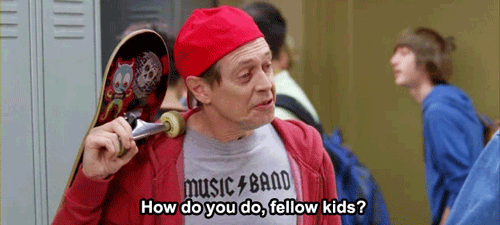
The #TargetBaeChallenge posts are cute, in that “let’s go perform our Target Run for social media” kind of way. It’s actually refreshing to see real product and stores in posts (albeit still in a curated, lightly stylized way), and the posts are performing well, in terms of engagement metrics we can see like comments and likes.
It’s simple, it’s fun, it’s easy, it supports their “Target Runs are fun” positioning. And because the only prize is the possibility of Target re-posting you to its 28M followers, this user-generated content is suuuper cost effective for them.
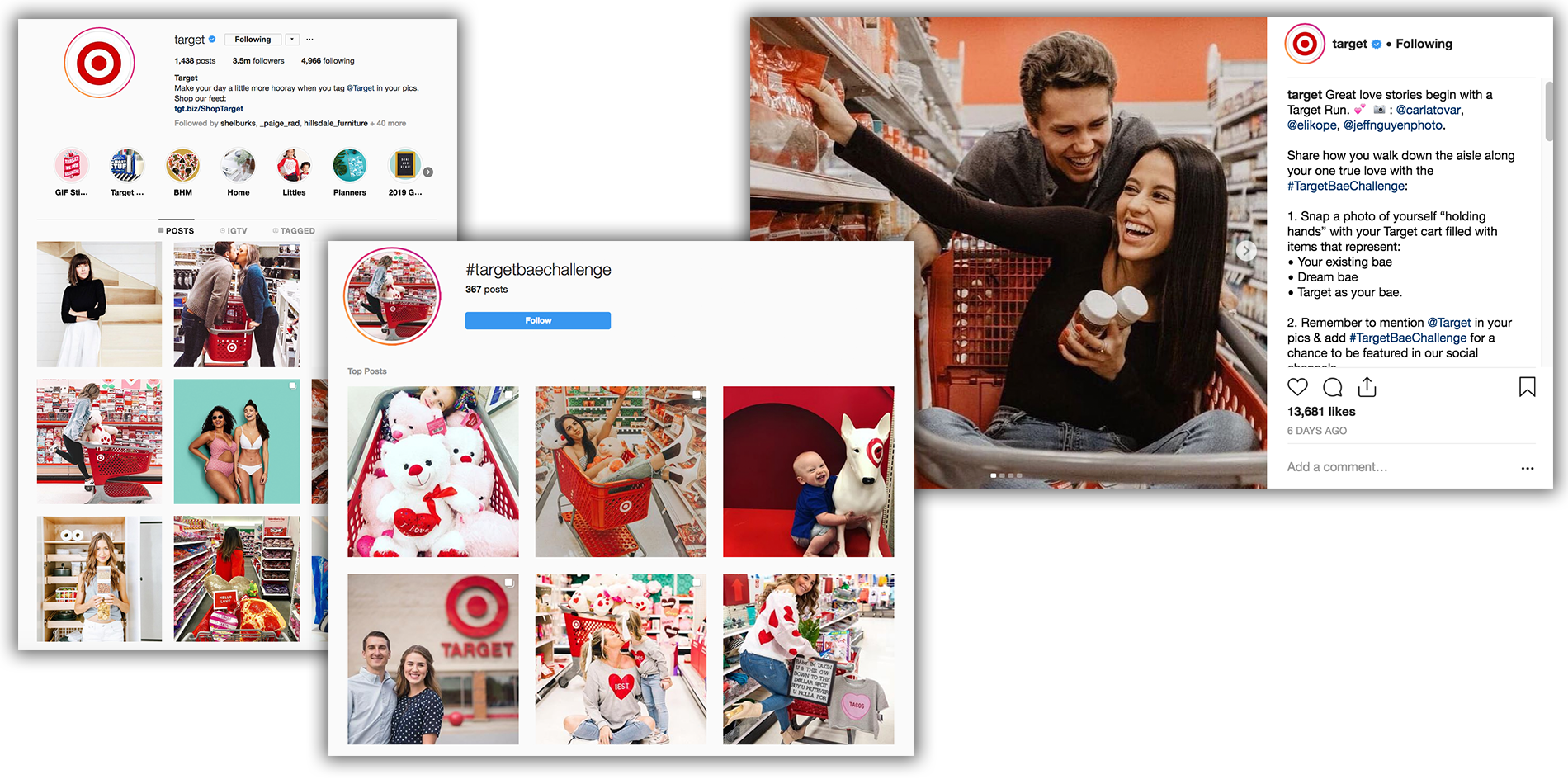
3. Birchbox x Walgreens
Here’s the tea about Birchbox.
YES, they’ve found an interesting way to make people pay for samples that otherwise we’d kind of expect to get for free, to encourage us to buy full-size products.
YES, they basically created the subscription-box model that everyone’s gone gaga for and has (rightfully) tried to repurpose for their needs.
WHO KNOWS if you can actually decide if a product works for you based on a trial size or if it’s really more about just getting a delicious little dopamine hit by using something fun, different, and new?
Nonetheless, I ain’t mad at it, because by the looks of their new partnership with Walgreens, it’s becoming clear Birchbox is not just a one-trick pony. Birchbox is about something bigger than we might have been able to really see so far. It’s meant to help make the beauty and grooming product buying process easier, and because of that tight focus, its IRL partnership with Walgreens is splendid.
Here’s what you’ll see at select stores (pics below are from Soho in NYC).
-
A BYOB (Build Your Own Birchbox) station, where you get to pick five samples from a range of options
-
Product cards and general “how-to” information next to the products and within the fixtures
-
Products organized by category, not brand (like Sephora), which makes it imminently easier to shop for those who don’t have a brand preference in mind yet
-
A “Spotlight” section for “Female-Founded Brands,” which is all kinds of #BOSS
-
Simple, pre-bagged kits for specific needs (“Eye Essentials,” “Lip Essentials,” “Cheek Essentials”)
And that’s not all!
Online, the Walgreens site gives you a similar experience (good!) but also links you to the deeper storytelling that Birchbox has on its site (very good!). Walgreens customers get actual editorial information and how-to videos without Walgreens having to recreate the wheel and create new content for its customers.
It’s a win for Walgreens to provide better ways to buy beauty products (plus, it gets the cool factor of associating with the brand), a win for Birchbox to gain access to a larger audience, and a win for customers who reap the rewards and can better achieve their skin and beauty #goals. We love that.
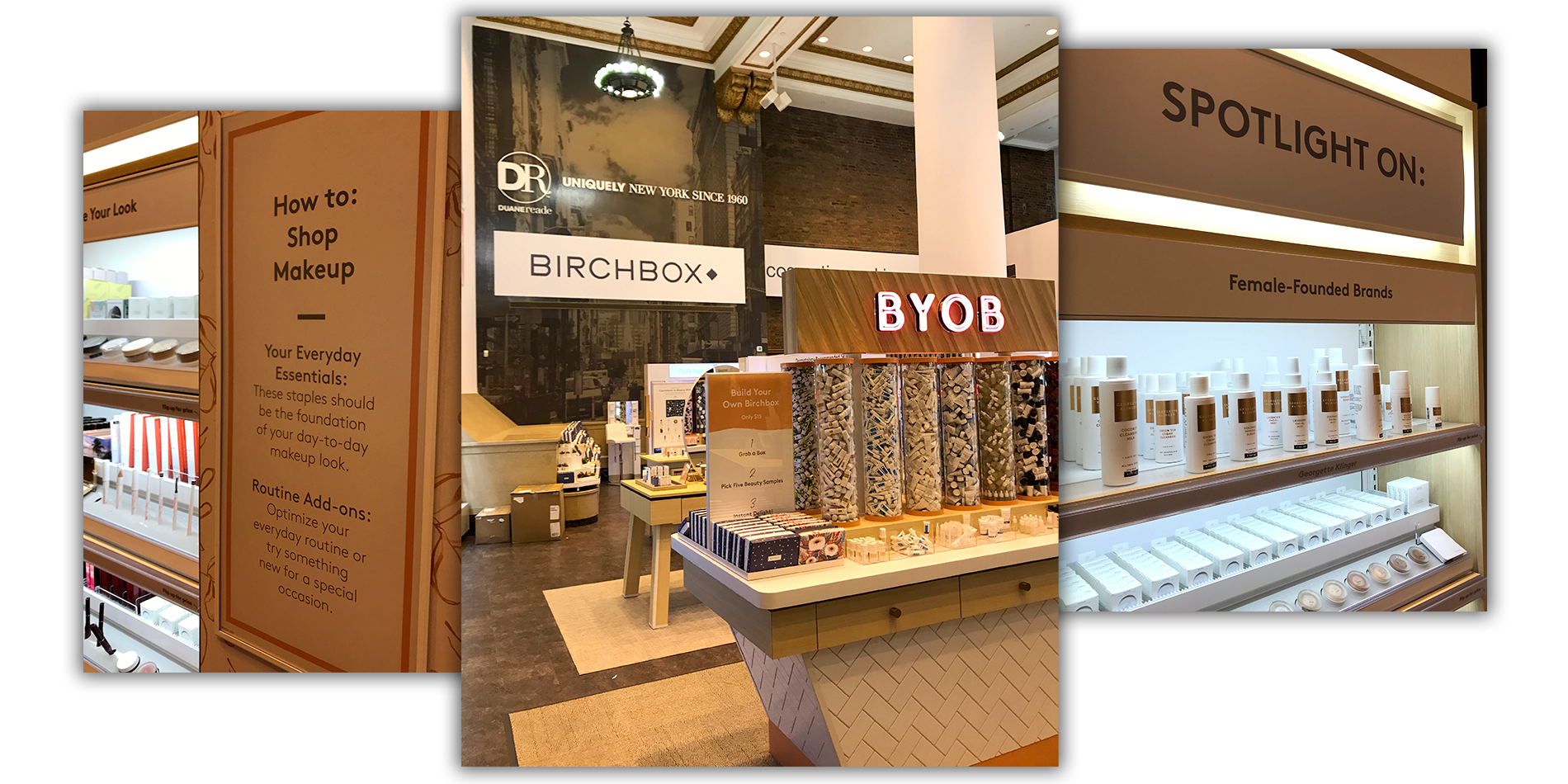
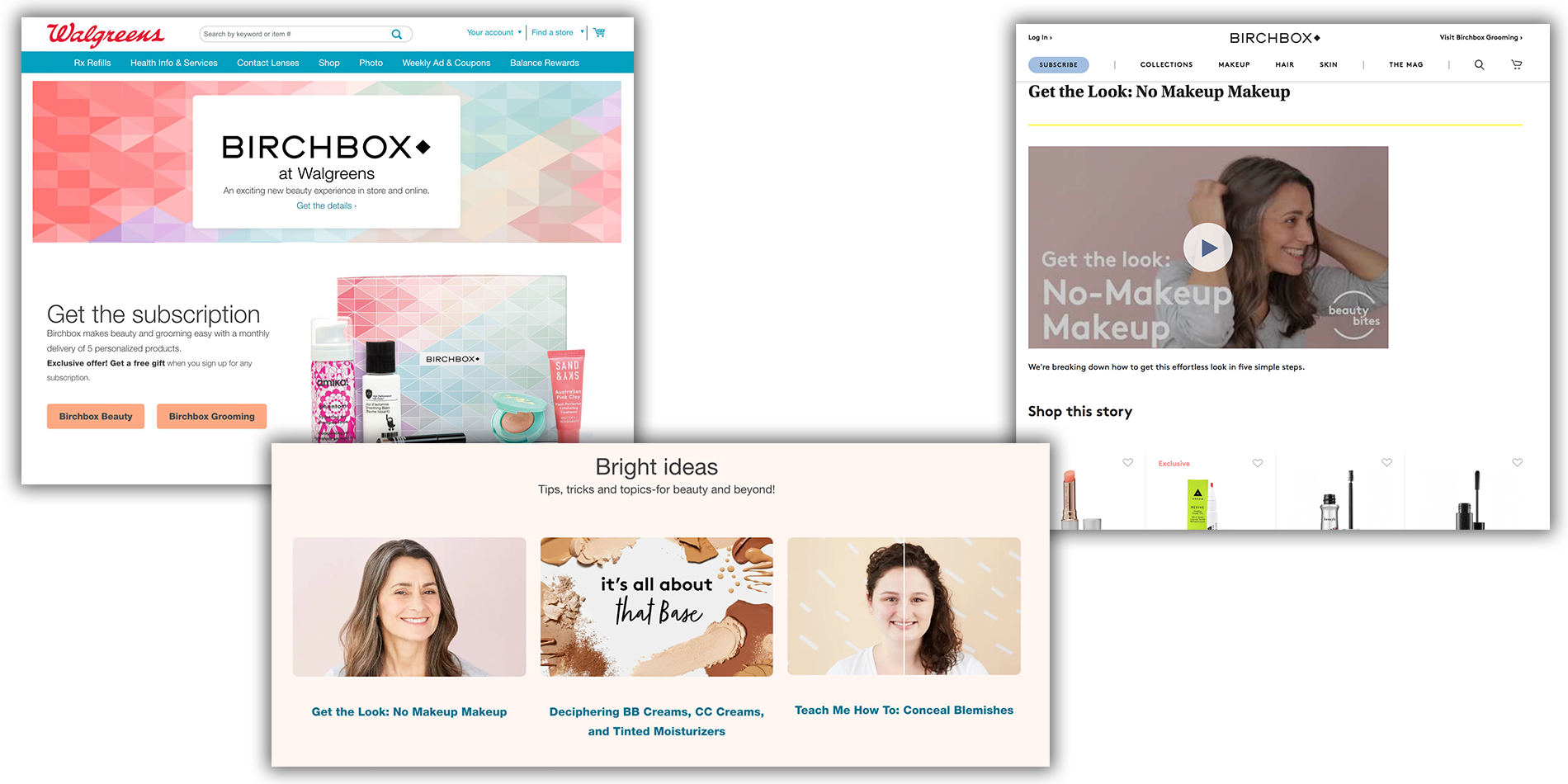
If we’re sometimes a little critical of retail practices (sorry, Alexa), it’s only because we love the world of retail and want to help it thrive and find its way. That’s why seeing smart uses of channels and content and partnerships gets us all googly-eyed. We bet customers will feel the love, too.

.png?width=100&height=100&name=KC_Headshot%20(1).png)
